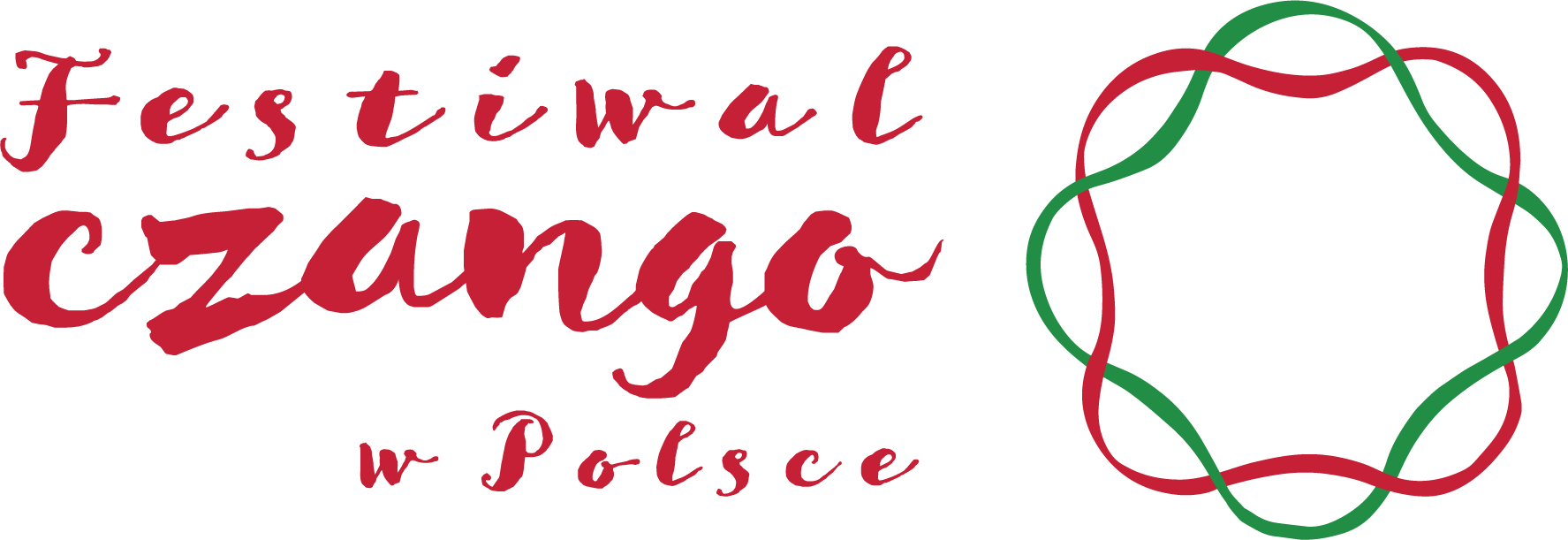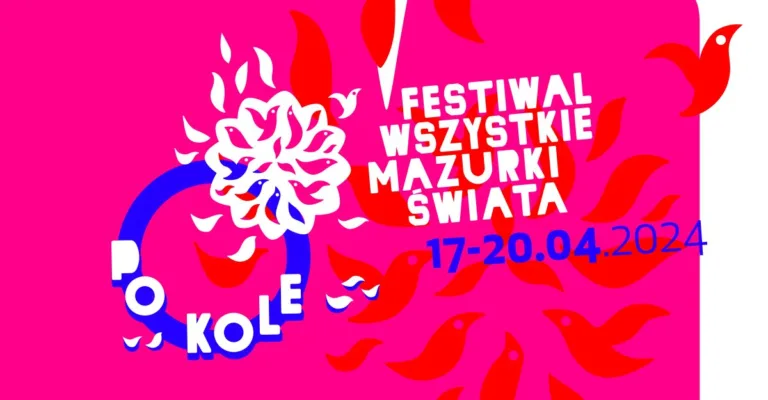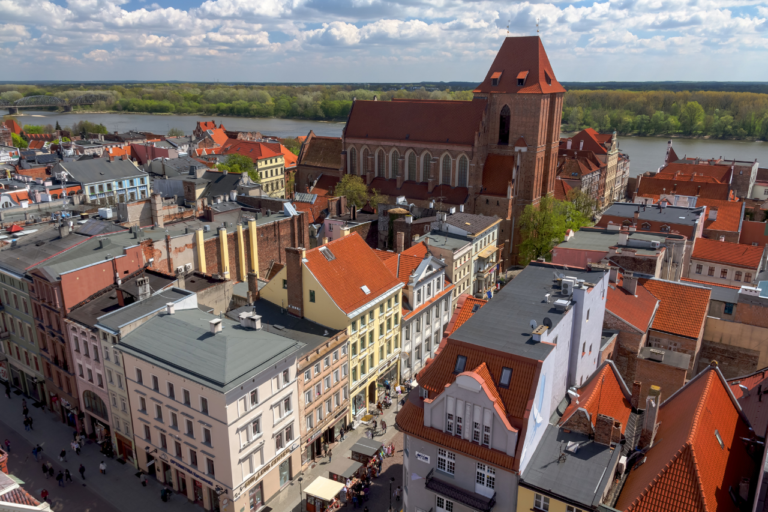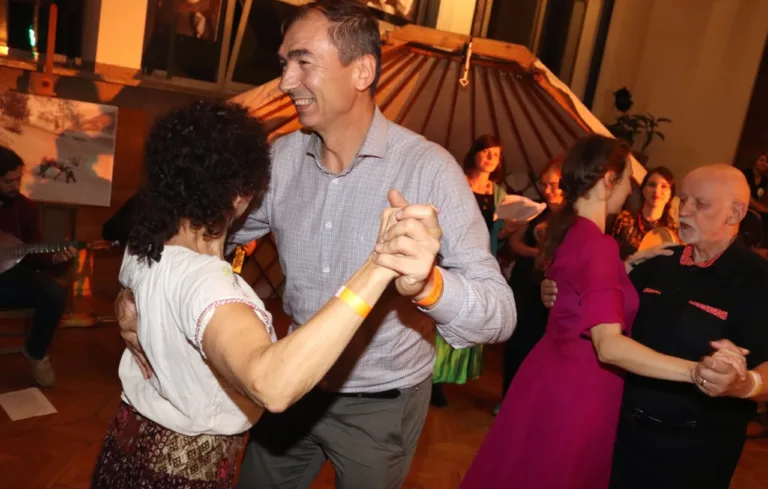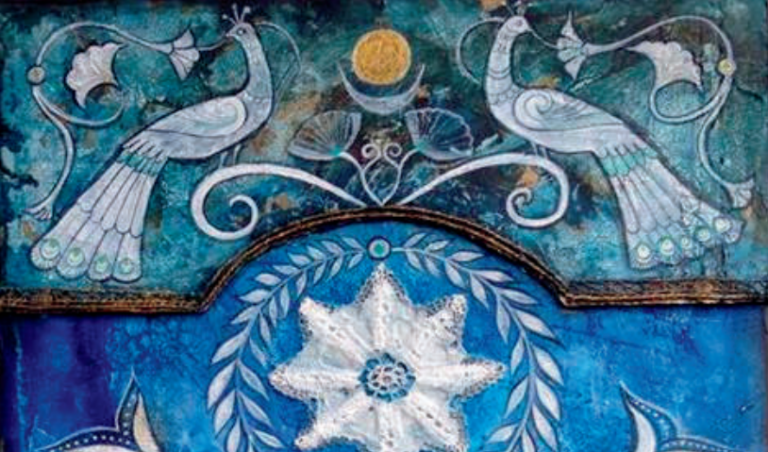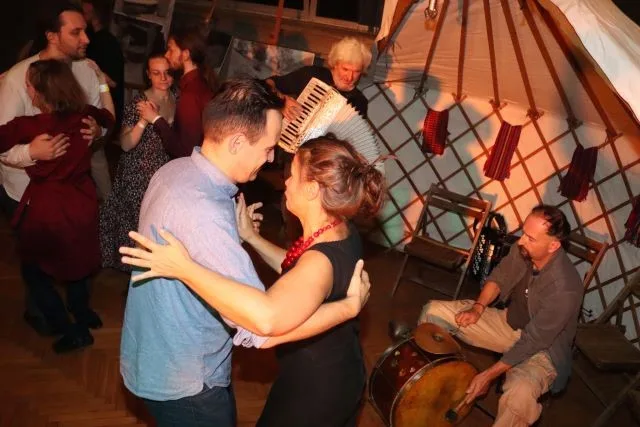The Moldavian Csángós
The Moldavian Csángós (Ceangăi in Romanian) are an ethnically and linguistically heterogeneous group of Roman Catholics in Northeastern Romania. According to Baker (1997: 658), they are “one of Europe’s most enigmatic and least known minorities”. From a majority perspective, Miloiu (2004: 123) finds that “one of the most controversial and debatable subjects in contemporary Romanian society [is] the identity of a partly bilingual Roman Catholic population situated in […] Moldavia […].” As a hybrid culture and language, the Moldavian Csángós have suffered from the “normative vision of modernity” (Pennycook 2012: 18), where purity and coherence are expected from “nations, languages and cultures”. In this section we briefly touch on the ethnicity of the Csángós, but our main focus will be on the linguistic dimension.
In the context of Hungarian minorities in the circum-Hungary area, the Moldavian Csángós present a special case already due to their historical and present day geographical location beyond the historical Hungarian Kingdom. In the Hungarian historical consciousness, the Hungarian Kingdom, marked by the Carpathian mountains on the map, forms the widest possible Hungarian linguistic space, or in other terms, the Hungarian imagined community (Anderson 1991).
The discourses of counting the minority according to ethnicity or language are very general and often contested among the Hungarian minorities, but again Hungarians/Csángós in Moldavia present an extreme case. Both Romanian and Hungarian activists and researchers have used census results and other enumerations in relation to the Csángós in order to provide evidence for their relative insignificance (typically Romanian discourses) or for their significance as an ethnic and linguistic minority (typically Hungarian discourses).
[…] from a methodological point of view, who and what we consider to be Csángó is problematic in many ways. Tánczos, for example, extends the Csángó category to all Moldavian Catholics and examines the proportion of Hungarian speakers within this population. This is sharply contrasted by the census data based on self-declaration, where only a small fraction of Catholics are identified as Csángós. An even higher contrast is pronounced in the theory developed and maintained by Romanian historians and ethnographers regarding the Romanian origin of the Moldavian Catholics stating that “there are no Csángós, only Catholic Romanians” (Mǎrtinaş 1942: 36, cited in Ciubotaru 1998: 14, italics in the original; see also Chiru 2012). Although it contradicts even the census data, this approach cannot be regarded as marginal as its impact significantly affects the local specificity and evolution of the representations of ethnicity and language (Tánczos 2012a: 20).
Historically, Moldavian Hungarian speakers have been affected by factors other than the ones influencing Hungarians living on the territory of the former Hungarian Kingdom – most significantly the population living in Transylvania, contemporary Romania. From the perspective of our subject, it is a determining disparity that the linguistic effects of modernity did not exist in Moldavia in the same way as on the territory of Hungary in the 18th and 19th centuries. This difference has been formulated in the Hungarian language discourses stating that Moldavian Csángós did not take part in Hungarian language reform, that is why they did not come into contact with the modern Hungarian standard as a result of which “the Hungarian dialects of the Csángós – secluded from the other Hungarian dialects – preserved a very archaic linguistic situation and ethnic culture” (Kiss 2012: 115).
According to historical linguistic research, the presence of the Hungarian population immigrating to the region dates back to the end of the 13th, the beginning of the 14th century (Benkő 1989; Benő & Murádin 2002). Benda (2002) illustrates the geographic location of the Hungarian settlements in Moldavia based on his archival research on the early modern age. By recording the settlements with Hungarian-origin names on maps century by century, Benda concludes, that in the earlier period, the northern part of the region shows a larger proportion of Hungarian-origin place names, and by the 17th century a growing number of such place names can be found in the southern part of the region as well. Based on dialectometrical analyses of dialectal relations, the source of early migration has been established as the central part of Transylvania, the Mezőség region, and it mostly affected the northern regions of Moldavia. Relocations following the first phase of migration started from the Szeklerland, and especially targeted the southern regions of Moldavia (e.g., Benkő 1989).
In the new millennium, a significant part of the Moldavian Csángó workforce found themselves working in other countries. Lajos (2015: 112) describes processes of recent history among the Moldavian Csángós as “compound non-synchronism”, where socialist modernity, post-socialist nationalizing modernity, globalization and traditional values exist simultaneously.
The Csángós in general present yet another example how a minority language (Hungarian) and folk culture are imagined as “essentially anti-modern” (May 2012: 27). However, at the same time, the heritage or “relic” discourses have provided a basis to a rise of commodity value (Heller 2012) for the Csángó folk culture and also vernacular, practiced by celebrated Csángó musicians and narrators, who perform in what has been enregistered as archaic Hungarian. This register is not identical with the everyday language in the villages, rather it is a version where frequently occurring “Romanian expressions” have been replaced with Hungarian standard ones (Bodó 2004).
The integration into the modernizing Romanian state, and the force of modernization discourses have brought a breakthrough, with an increasing investment on the Romanian language competence of the children by their parents (cf. Lane 2010). Today, most Csángó parents, even many activists, address children only or mainly in Romanian, even though in some villages, the adults still insist on the Csángó mode of speaking among themselves. Even in the rare cases, where children are (partly) raised in Hungarian, they are still more confident in Romanian.
Most importantly, the Csángó families are experiencing a transition period due to mass migration to Western Europe. A significant part of generations between 20–40 years has left the villages. In the first migrant generation that left Romania to work in countries such as Hungary, Italy and Spain, the children and the mother often stayed in Moldavia (cf. Papp & Márton 2016). Today, people are migrating earlier, after finishing secondary education, and also women leave Moldavia for work in Western Europe. Consequently, teenagers most often have concrete plans to migrate, especially young men tend to leave Moldavia. Migration is thus a significant factor accelerating the language shift, since young men are often mentioned as those, who used to begin to speak Hungarian when starting to work in traditional local jobs in the villages.
Article compiled by Magdalena Olkiewicz based on the publication titled:
The Moldavian Csángós: the Hungarian speaking linguistic minority in North-Eastern Romania[1]
Petteri Laihonen , Csanád Bodó , János Imre Heltai and Noémi Fazakas
